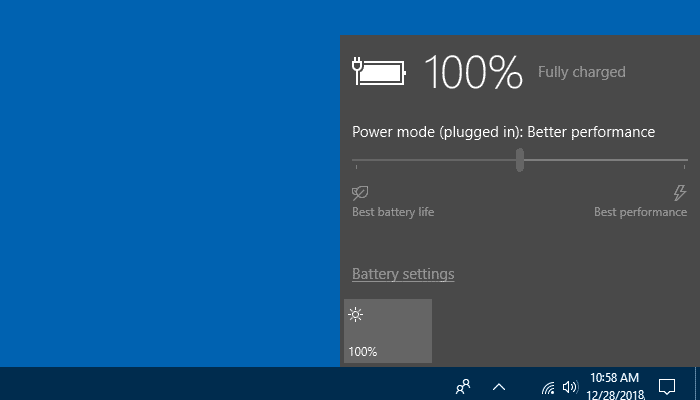

Pro Tip: If you don’t know the exact make and model of your chipset, you can use utilities such as NVIDIA Smart Scan, AMD Driver Autodetect, or Intel Driver Update Utility to help you out in that regard. Again restart the Windows, Now click on the action center and enable night light.Now install the graphics driver that previously you have downloaded from the manufacturer’s website.Click yes when asking for confirmation then restart your PC to completely remove the driver from your PC,.Expend display adapters, Right-click on the current display driver select “uninstall device”.This will display all installed device drivers list,.Now right click on start menu select device manager,.The best way we recommend is to visit the NVIDIA, AMD, or Intel download portals, then specify your graphics chipset to download the latest drivers. Since it’s a graphics-dependent feature check and make sure the display (Graphics card ) driver installed on your PC is updated with the latest version of the graphics driver installed on your PC. Also, you can quickly enable the same from the action center as well. Now Open the Settings app -> system -> Display and you should then be able to turn Night Light on or off.That’s all, close Registry Editor and reboot your computer.HKEY_CURRENT_USER\Software\Microsoft\Windows\CurrentVersion\CloudStore\Store\Cache\DefaultAccountĮxpand the DefaultAccount registry folder, and then delete the sub-folder labeled


First backup registry database then On left-hand side navigate the following key,.This will open Windows registry editor,.Press Windows + R, type Regedit, and click ok.Here the quick solution worked for me and that’s why I am listed this as the first recommended solution to fix if night light settings greyed out. Also, it’s recommended Go to Start -> Settings -> Update & security, then Check for updates and install any available updates.


 0 kommentar(er)
0 kommentar(er)
